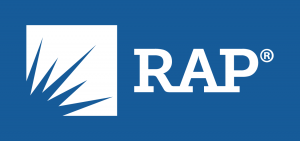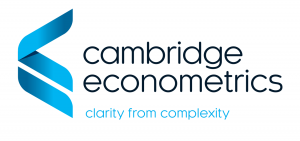In February 2015, the Government of India released its Renewable Electricity Roadmap 2030 for India at the first ever RE-INVEST summit in New Delhi, India. At the time, it was difficult to assess the economic implications—both benefits and costs (e.g. GDP, employment, etc.)—accruing to the nation. Equally important is understanding the distribution of these benefits and costs across the states given the geographic availability of energy resources. Conventional resources, such as coal, are available mostly in five eastern states, while renewables are available in the western and southern states. No publicly available and transparently documented sophisticated economic impact analyses framework—especially, that can conduct analyses at the state-level—existed in India in 2015. E3-India aims to bridge this gap.
E3-India is a collaborative initiative by the Regulatory Assistance Project (RAP) and Cambridge Econometrics (CE) to support evidence-based policymaking in India. Prof. Kakali Mukhopadhyay a senior adviser of E3-India provided high-level inputs for its development and validation. Developed with transparency and ease of access in mind, the comprehensive state-level model allows users to develop a shared and collective understanding of energy issues, creating space for consensus-based policy interventions.
The model is vetted and updated through regular engagement with local experts and potential users.
License to use this E3 India Model
Unless otherwise stated, RAP and/or its licensors own the intellectual property rights in the website and material on the website. Subject to the license below, all of these intellectual property rights are reserved. All users are required to provide proper attribution to the E3 India model.
Academic and nonprofit:
- Users in academia or the nonprofit sector, with a verified email address, may view, download, and use the E3 India model for academic and non-profit educational purposes.
- Users are encouraged to contact Cambridge Econometrics for guidance in proper use of the model, as improper use could negatively affect the model outcome.
Commercial users:
- Commercial users should contact Cambridge Econometrics Ltd. for a licensing quote.
Users must not:
- Republish material from this website (including republication on another website)
- Sell, rent or sub-license material from the website
- Reproduce, duplicate, copy or otherwise exploit material on this website for a commercial purpose
- Edit or otherwise modify any material on the website
- Redistribute material from this website except for content specifically and expressly made available for redistribution
The E3-India Model Provides
How is the Model Being Used?
The academic and professional communities are applying E3-India, which has been in the public domain since mid-2017, to pressing policy issues. These include:
- Analysing energy, emissions, and economy-wide impacts of adopting appliance efficiency measures;
- Mapping impacts of power sector efficiency improvement, subsidy phase-out, and tariff rationalisation articulated by UDAY across Indian states;
- Evaluating green grid scenarios (175 GW renewable energy by 2020) from the triple bottom line of economic, social, and environmental efficiencies; and
- Allocating consumption-based environmental responsibility of coal production amongst Indian states, under the double dividend strategy for clean development.

